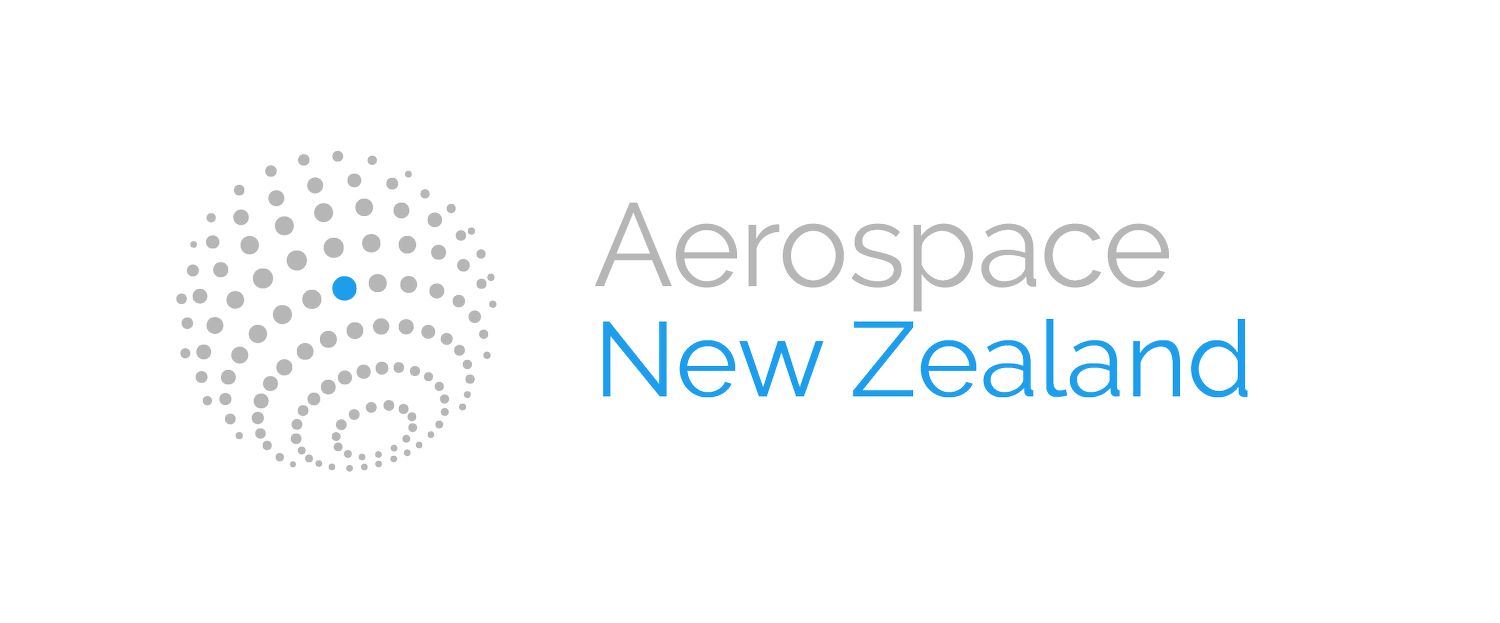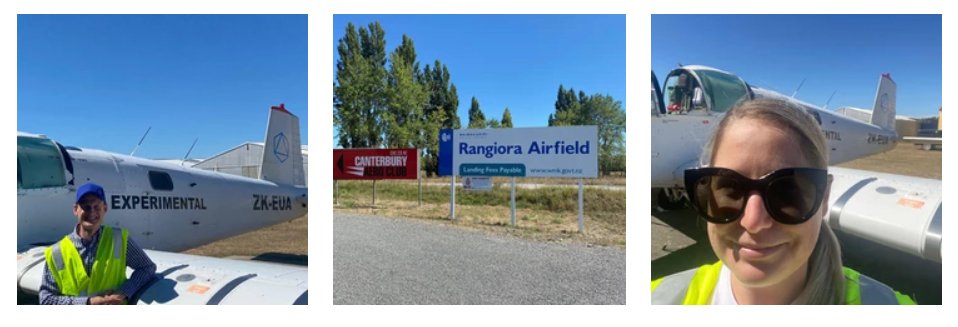Mission: Take The Pilot Out Of The Plane
In January, we had the pleasure of visiting Skybase and it’s Founder Michael Read on site. We got a firsthand look at their “new” aeroplane, currently being upgraded with the retrofit kit. This will enable Skybase to #takethepilotoutoftheplane and use this plane and technology to assist with saving the food supply of 10 million people.
Michael has always been very driven. At the age of 4 he decided that he wanted to be a Pilot in the Royal Australian Air Force (RAAF). Everything that he did through school, sport or leisure was to get him to achieve that goal. Michael evidently went on to be a pilot in the Royal Australian Air Force flying various aeroplanes including heavy jets, fast jets, transport, trading and operational flying. A veteran, Michael has also completed a number of operational deployments in Iraq, with his last flight taking place whilst in Iraq.
After the Australian Airforce, Michael went on to work with Martin Jetpack as Director of Flight Operations and Chief Test Pilot, then VP of Sales. One of the learnings Michael took away from his time at Martin Jetpack was “not to build it and they will come” and “engage with the market and your genuine customers first and build to those requirements”.
In 2017, Michael decided to start Skybase with a view to getting drones to fly beyond line of site (BLOS). Being able to fly Beyond Line of Sight is the key to unlocking the potential within the unmanned aviation sector. This is both a technical and regulatory challenge and Skybase solved the technical challenge in a very remarkable way. They then conducted services for a number of years in mapping and surveillance, at which time they realised that using small drones and making them fly like aeroplanes made less sense than turning aerosplanes into drones.
Currently, Skybase are converting their first aircraft into an optionally piloted aeroplane meaning; a pilot can fly it on board as well as offboard. Skybase have done a huge amount of engineering over the last 18 months to get the technology ready to put into the aircraft. Skybase are working with some great providers here in Canterbury and around New Zealand along with providers in the Asia Pacific to get that equipment installed and get the flight test activities underway.
Skybase will be taking a build up approach to it’s flight test activities. Starting with a qualified Test Pilot (ex US Army, and US Test Pilot School qualified) who will work alongside the Flight Test Engineer (ex RAAF, US Air Force Test Pilot School qualified) examining the way all of the tests are being conducted, all the while talking to the Ground Pilot who is sitting in the ground station/ground cockpit. Over the course of the test program, they will take the Pilot out of the aeroplane and finish the testing. Skybase’s technology roadmap takes them out beyond 2030! However, certification will occur before then.
When asked about what are the big growth opportunities in the Canterbury aerospace sector,Michael commented “this is an incubation nation so it has the ability to take your idea and test it to see if it’s going to work. Craftiness, ingenuity doing things off the smell of an oily rag that means you can actually go faster here and see whether your idea is going to work.” and “because this is a first world country with a first world regulator you can test your product and your processes in a manner that is consistent with how your market will do it. Even though New Zealand is unlikely to be a significant market for aerospace products, just by virtue of population size, the problems that aerospace products solve here are very scalable. So coming to New Zealand to do it and in particularly Christchurch which has a lot of manufacturing businesses.”
Michael also comments that “New Zealand is an ideal place for aerospace technology development and testing. With a rich aerospace ecosystem, a highly regarded regulator and soon-to-be created dedicated testing areas, we can move much faster here than most other places on Earth. With challenging terrain, brutal weather, a dispersed population and high operating costs, New Zealand is the perfect place to prove that our technology is robust and we can deliver valuable services to our customers with that technology.”
Written by Victoria Harman, Communications & Event Manager, Aerospace Christchurch


